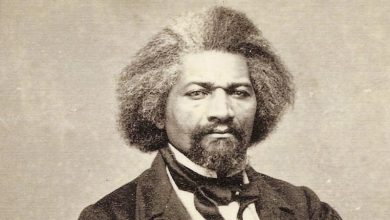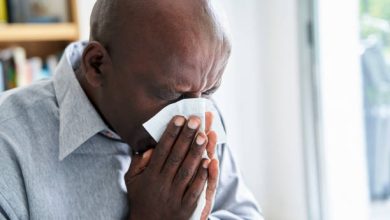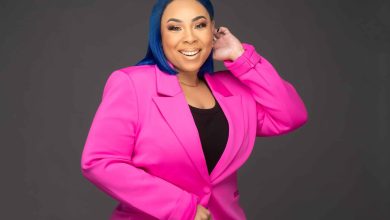The 10 Best Ways to Stop a Panic Attack


Serious warnings from the Food and Drug Administration (FDA) are included on Xanax boxes. Boxed warnings alert patients and doctors about the potentially dangerous effects of a drug.
Even when used as prescribed, benzodiazepines can lead to physical dependence and withdrawal if you suddenly stop using the drug. Withdrawal symptoms can be life-threatening.
Using benzodiazepines can lead to misuse and addiction. Abuse of benzodiazepines increases your risk of overdose and death.
You should only take these drugs as prescribed by your doctor. Talk to a healthcare provider if you have concerns about how to safely take a benzodiazepine.
What is a panic attack?
A panic attack is a sudden, intense surge of anxiety, fear, or panic. Overwhelming emotional and physical symptoms often accompany panic attacks, such as difficulty breathing, profusely sweating and trembling, and heart pounding. Some people experience chest pain and feelings of detachment from reality during a panic attack. Oftentimes, people think they’re having a heart attack or a stroke during a panic attack.
Common Causes
Panic attacks happen for various reasons. Sometimes, they happen for no apparent reason. You’re more likely to experience a panic attack if you:
- Have anxiety disorder
- Have panic disorder
- Have a substance abuse disorder
- Have a medical condition, such as an overactive thyroid
Panic attacks often happen when you’re exposed to a trigger. Some people find that the following may trigger a panic attack:
- Conflict
- Public speaking
- Social events
- Situations that trigger past or current stresses
RELATED: ‘Yes We Can!’: Same Mantra But New Marching Orders For Us
Symptoms
The following is a list of some of the symptoms you might experience during a panic attack:
- Pounding heart, palpations, or a rapid heart rate
- Shaking or trembling
- Sweating
- Difficulty breathing or feeling like you’re being choked/smothered
- Chest pain or discomfort
- Nausea
- Upset stomach
- Dizziness or light-headedness
- Chills or feeling hot
How to Stop a Panic Attack
Panic attacks can be frightening and overwhelming. They may hit you quickly. Here are 10 short-term and long-term strategies you can use to stop or manage panic attacks.
1. Seek Counseling
Therapy and other types of counseling can help people who have panic attacks and panic disorders.
You can find therapy for




